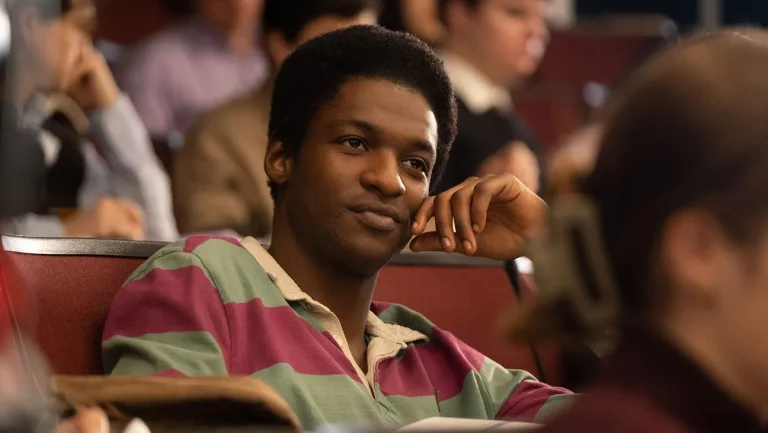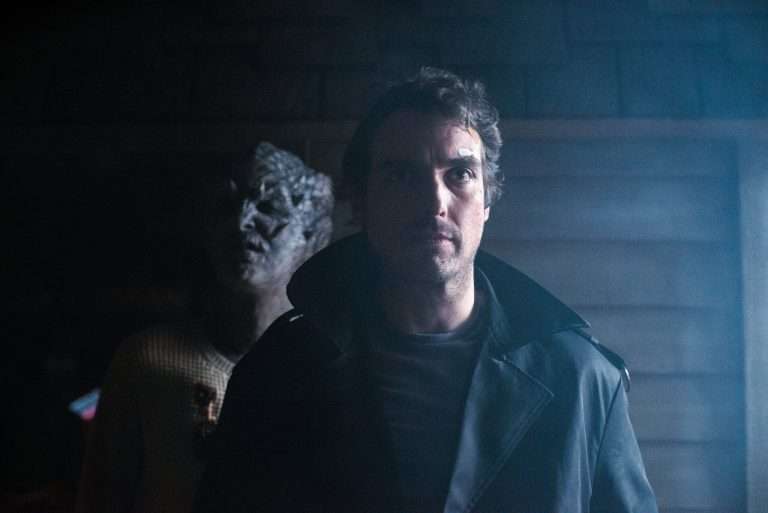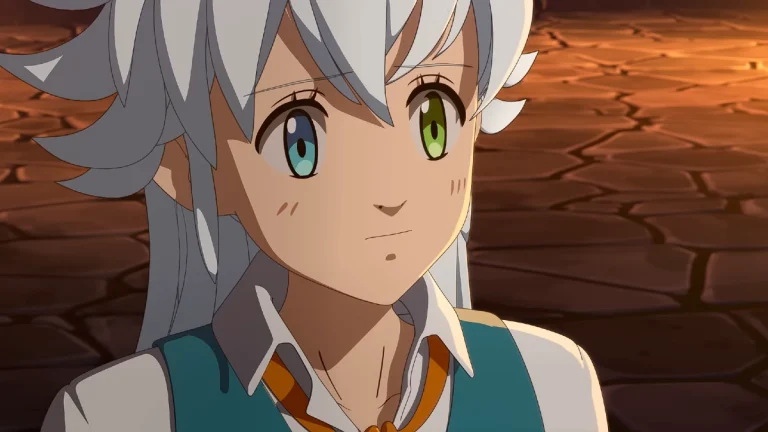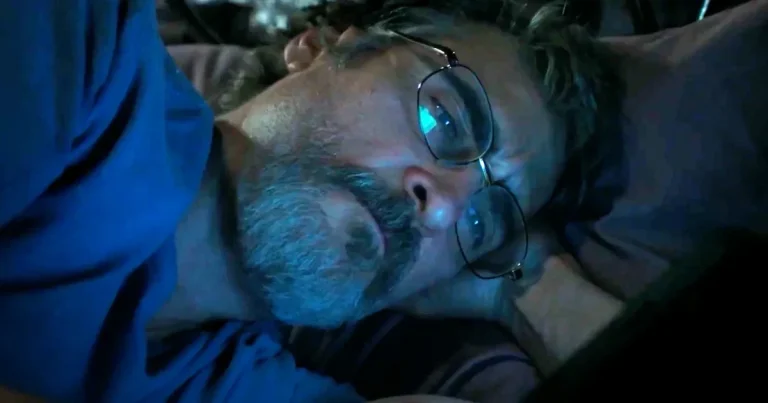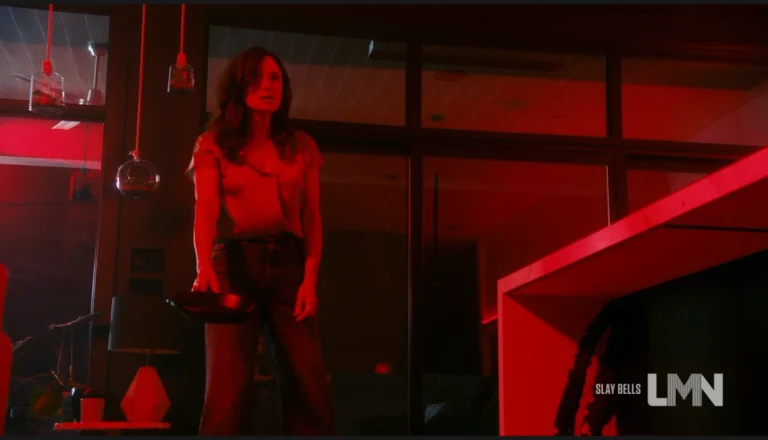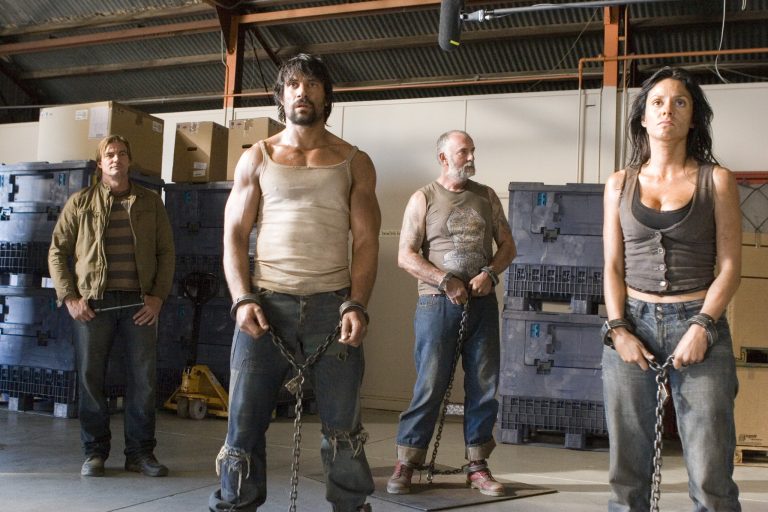The history of the Wind River Indian Reservation marks a significant shift in power from the Shoshones to the White Settlers. The Shoshones have lived in the state of Wyoming and the Wind River Mountains for at least 3500 years. As white immigrants continued to flock to the Shoshone land, conflict emerged. In 1863, a terrible repression prompted the Shoshone Chief, Washakie, to reconsider seeking assistance from the United States. In reality, they had their steel tempered by the colonial system. As a revisionist Western narrative, Taylor Sheridan’s “Wind River” (2017) furthers the same ethos: accept the Whites to be your protectors.
Wind River (2017) Plot Summary & Movie Synopsis:
The drama unfolds with the discovery of the body of an eighteen-year-old girl of the Northern Arapaho tribe in the snowy Wind River Indian Reservation in Wyoming. Going by the appearance of the dead body, it is quite clear that the girl, Natalie Hanson, was running in the snow before she passed away. FBI Special Agent Jane Brenner has been called in to investigate the homicide and rape of the girl. U.S. Fish and Wildlife Service Agent Cory Lambert agrees to assist Brenner in investigating the death.
It was Cory who had found the body of the girl while on his expedition to kill a mountain lion that was going after livestock. The investigation will be closer to Lambert, as his daughter, Emily, died in an eerily similar manner. The autopsy reports point to rape and blunt force trauma. However, the medical examiner rules out the possibility of homicide, given the circumstances that contributed to her death, i.e., dying due to inhaling frosty air. This leaves little to no room for Jane to be involved in the investigation.
What happens to Natalie’s boyfriend?
When Natalie’s brother Chip is found, he is already wasted. He alludes to the White boyfriend of Natalie being involved in her death. Soon enough, Brenner and Lambert find the mutilated body of the man. While interrogating Chip one-on-one, Lambert finds out that Natalie’s boyfriend was Matt Rayburn, who worked as a security guard at one of the oil drilling stations. Tribal officer Ben Shoyo takes a troupe of officers, accompanied by Brenner and Lambert, to the drilling station. They find Curtis, the security supervisor, and other guards, who inform them that Matt had a showdown with his girlfriend and has not been seen since.
What catches Brenner’s eye is the bruised countenance of the men, but the men seem to have an explanation for that. The officers realise that the men are surreptitiously flanking them to prepare for an attack. The guns are taken out, and the situation turns volatile quickly. However, Brenner manages to defuse it and asks Curtis to lead them to Matt’s trailer. The film pedals back to the past when Natalie had come over to Matt’s trailer to stay the night. As the two lay in bed, Matt’s colleagues show up unannounced and show no courtesy to leave them behind.
One amongst them, Pete, was even more obnoxious. He provokes Matt to turn hostile. A violent scuffle breaks out, and the men bludgeon Matt to death. Pete sexually assaults Natalie. Natalie, realising that she would not survive the violence inflicted on her following Matt’s death, flees the trailer after taking one last teary-eyed glance at Matt. It is clear that Matt was murdered, which brings the FBI back to the case.
Also Read: 10 Great Movies that Critique and Celebrate the Soul of America
Wind River (2017) Movie Ending Explained:
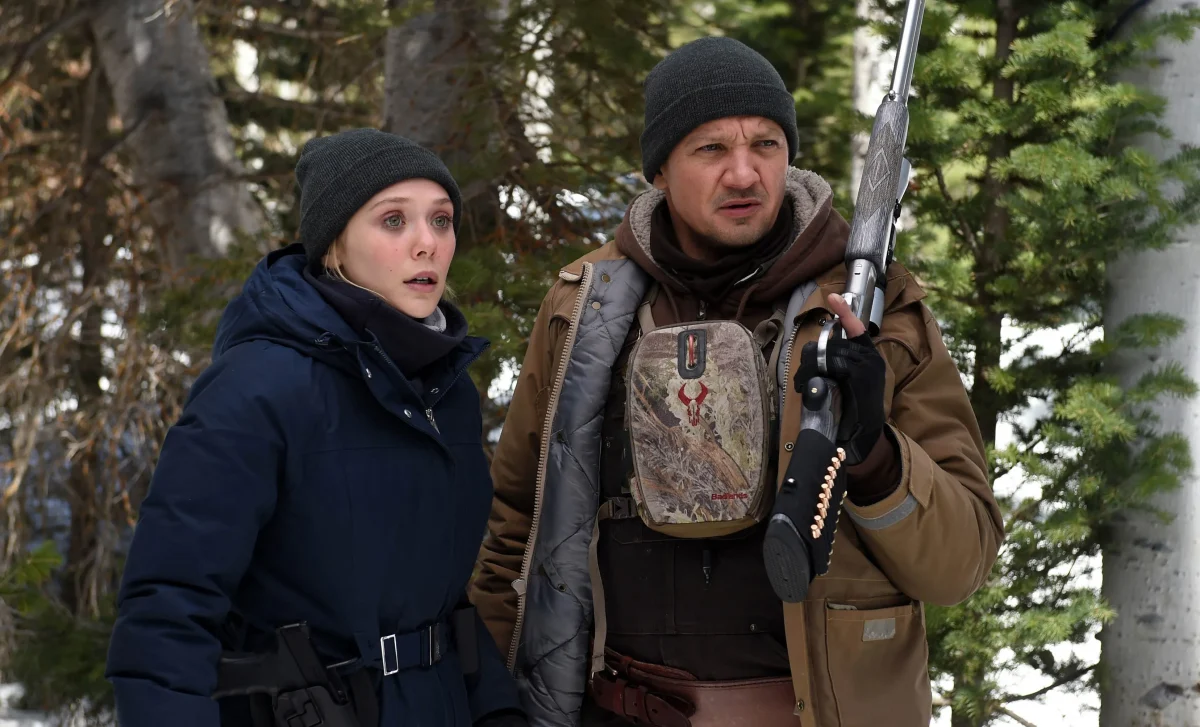
Most of Matt’s colleagues die in the shootout. Only Pete survives. Despite fighting valiantly, Jane gets shot on the battlefield. It is not too long before Lambert gets to Pete and avenges the death of the girls by endowing him with the same fate as them. Lambert brings Pete to the mountaintop. He coerces Pete to confess his deeds and then pushes him to survive the same subzero air. Pete fails, of course.
Wind River (2017) Themes Analysed:
Cory Lambert vs Jane Brenner: Who is the real hero?
Despite its revisionist claims, “Wind River” does not require any rethinking of its core concepts. The film does not so much confront the marginalization of Native American women as it does colonial American society itself, and even when it gestures toward a new social order by foregrounding the native female, it ultimately sustains the familiar American fantasy of the white male as the appointed bearer of justice.
In the film, Cory is related to the native land only through his marriage. He is well integrated into the reservation society, but the dwellers occasionally remind him of his alien roots. Cory is also a hunter: he hunts down predators that go after small animals. Cory’s subversive occupation places him in the interstice between the civilized and the primitive. Although Jane is praised for fighting a tough fight, one cannot ignore her reliance on Cory not only to solve the crime but also to get effectively integrated with the reservation society. The civilized feminine is vanquished by the Anglo-Indian male.
An examination of the competing masculinities of both fathers has much to propose. It is important to note here that not even Natalie’s father, who belongs to the native reservation community, is bestowed with the agency to avenge the death of her own daughter. Cory, the white man, is the fittest to carry out the job.


